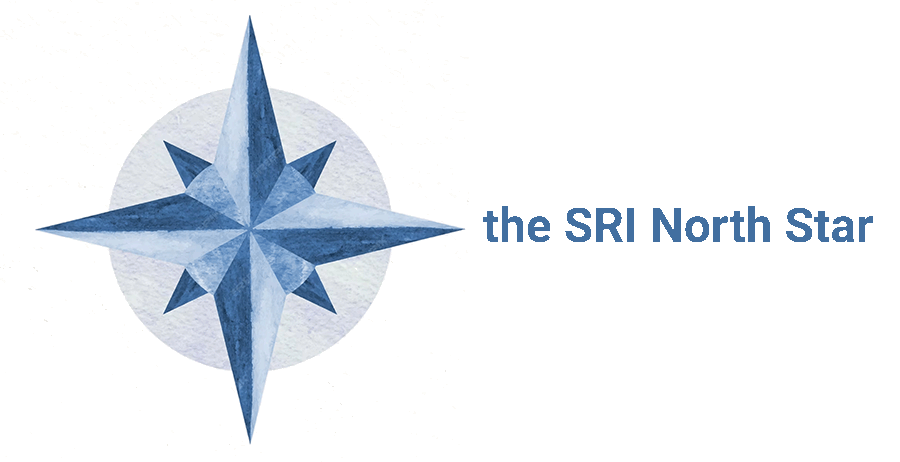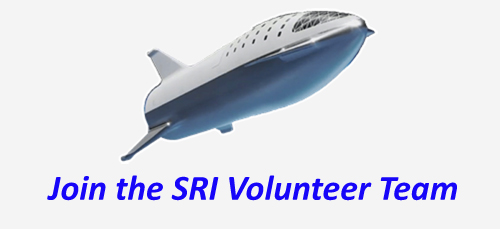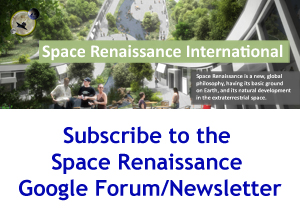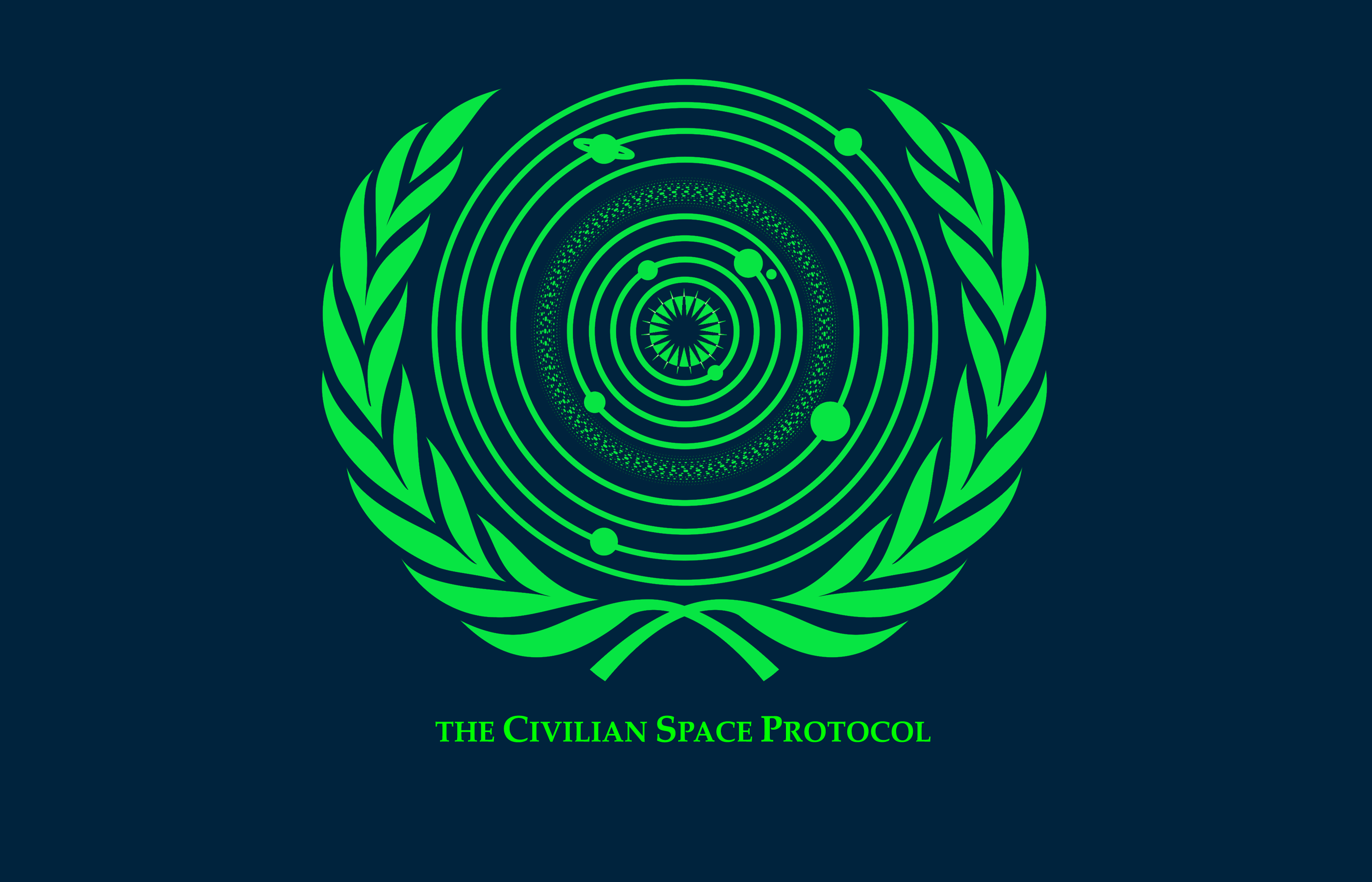The Webb Telescope gave humanity a great Christmas present on last 25th December, when it successfully completed its launch and the first steps of the mission. It was an epoch-making event that marked the beginning of a new era in the observation of our Universe. With all eyes on it, this cutting-edge technology — whose value is approximately $10 billion — was launched aboard a European Ariane 5 rocket from Kourou Spaceport in French Guiana and it is currently undergoing the Deployment Process. Among the eyes that watched the event with particular expectations and excitement, were also those of the EuroMoonMars community, an ILEWG initiative that brings together researchers, experts and students with a strong passion for Space.It was with this spirit and enthusiasm that EuroMoonMars decided to organise a virtual event in preparation for the launch. The initiative took place on 24th December at 1pm CET and it was organised in collaboration with Space Renaissance International, a global non-profit organisation dedicated to bringing humanity closer to interdisciplinary space-related topics. The event — which was broadcast live on Space Renaissance International official youtube channel — was a fruitful moment of explanation, debate and questioning on different aspects of the Webb Telescope. The initial idea behind the organisation of the virtual session was to meet in the presence of some guests and experts to follow the launch in real time. The launch had in fact been scheduled by the Space Agencies for 24th December. After the announcement of its postponement, the programme of the event was revisited. The guests’ contributions covered different topics and highlighted the complexity of this innovative instrument.
The session opened with an introductory presentation given by Adriano V. Autino, founder and Vice-President of Space Renaissance International. Next, Prof Bernard Foing, Chair of EuroMoonMars and President of Space Renaissance International, held an overview lecture on the Webb Telescope, during which he showed the instrument and key aspects of the mission for its deployment. Afterwards, two guests gave their own contributions with a focus on different areas. Anouk Ehreiser, MSc in Physics at the University of Heidelberg, discussed the deployment steps of the telescope after launch with a video presentation which previewed the sequence of operations. Leander Schlarmann, MSc in Astronomy at the University of Vienna, gave a talk entitled “Characterizing Exoplanet Atmospheres with JWST”, where he focused on the novelties in astronomical observation that the Webb Telescope will make possible. Rok Kete, Aerospace Engineering student, provided an insight into the technical aspects of the launch and gave the audience the latest real-time news on the status of the mission. The public was also given the opportunity to interact during the seminar; the participants were invited to ask questions to the speakers in the live chat session. The event was coordinated by Serena Crotti, Communication & Outreach Manager of EuroMoonMars, in the role of moderator.The second session of the virtual panel was an opportunity to disseminate the goals set for 2022 by EuroMoonMars and Space Renaissance International. Some of the main initiatives planned for 2022 were showcased, including the field campaign in Chile, planned for February-March 2022, where a multidisciplinary team of around twenty people will take part in a scientific expedition in the central Andes. This high-altitude exploratory expedition is the result of a collaboration between the Cryosphere and Water Laboratory of the University of Atacama (LICA) and the EuroMoonMars. Another important ongoing partnership was also discussed, which involves EuroMoonMars and the Analog Astronaut Training Center in Poland. This cooperation consists of a programme of analog missions called “EMMPOL” missions. Two new editions are already confirmed for April 2022, EMMPOL 10 and EMMPOL 11. Among the many dissemination initiatives scheduled for the coming year, there is EuroMoonMars’ participation in the EGU European Geoscience Union assembly in Vienna and the LPSC Lunar Planetary Science Conference, where research results of the past projects will be presented. The strategic advantages of another ongoing synergy — between CollabWith platform with Jara Pascual and EuroMoonMars — were then described. The presentation of the goals for 2022 was completed with a comprehensive overview of the 2022 calendar, where an important event was highlighted: it will take place in Padua on 7-9 September 2022 and it is co-organised by University of Padua, EuroMoonMars and Space Renaissance International.
As speakers pointed out several times during the event, the JWST Mission goes far beyond its launch, and the sequence of deployment activities is still ongoing today. Since the successful launch on 25th December, the Webb Telescope has already extended its solar panels, completed two mid-correction burns, deployed its high-gain antenna and two pallet structures containing the solar screen material. It also extended Deployable Telescop Tower Assemby away from the sunshiled and spacecraft bus. On Thursday December 30th the mission control started one of the most delicate processes of the mission-extension of the sunshade. Process started with retraction of the central covers. It took telescope approximately 9 hours to extend both Sunshade Booms and thus unfold the Sunshade. As of the writing of this article the teams are taking additional time to cool down and verify the tensioning motors before moving on to the tensioning of the five layers Sunshade. Webb will arrive at its position around the L2 Point on January 23rd. Each of the 18 hexagonal mirrors is equipped with three electric motors. They will be used to precisely align Webb’s mirrors. This will be followed by calibration processes of all 4 Webb’s instruments and finally commissioning of the telescope. Thanks to the accurate trajectory injection by the Ariane 5, the JWST will use less fuel to reach its final orbit than it was estimated. Extra fuel will enable spacecraft to extend its operational life for additional 5 years.
Once the deployment process is completed and the telescope is commissioned, the JWST will finally be ready to start its 10 years long Primary Mission: enabling us to see the universe with “new eyes”. Eyes which will be surprised at the marvels revealed in the most remote and mysterious corners of our Universe.
January 4th 2022
Serena Crotti, Bernard Foing, Adriano Autino, Rok Kete
EuroMoonMars/Space Renaissance International








 Space Renaissance France Chapter
Space Renaissance France Chapter  Space Renaissance USA, Inc.
Space Renaissance USA, Inc.  Space Renaissance Italia Chapter
Space Renaissance Italia Chapter Space Renaissance Academy
Space Renaissance Academy Space Renaissance Initiative Group
Space Renaissance Initiative Group